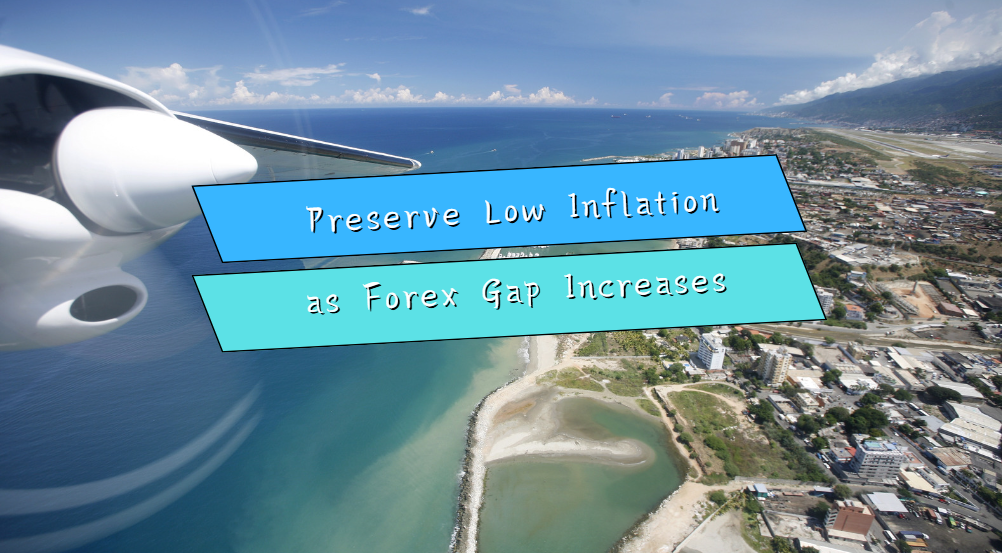Optimizing Infrastructure Projects through Strategic Human Capital Investment
Gross domestic product (GDP) growth and human development in recent decades have transformed economies and the quality of life across the world. This progress has been driven by investments in human capital development, including education, health and reproductive health. These investments were critical in the sustained growth of economies that have moved out of the low-income category.
Studies have demonstrated a strong relationship between economic growth and human capital development in middle-income countries (see Thomas et al. 2001, Hanushek and Woessmann 2012, Psacharopoulos and Patrinos 2018 and Bloom and Williamson 1998). The human capital theory suggests that substantial investment in education, health and fertility management is essential for promoting economic growth. For individuals, there is a positive correlation between health and educational attainment, while on a broader scale health extends quality of life and livelihood and enhanced educational outcomes boost labor productivity, propelling economic advancement.
Infrastructure investments to create robust healthcare and education systems can be key to developing human capital. More hospitals and medical facilities ensure accessible services. Medical technology advancements enhance care quality and integration. Better schools and laboratories create conducive learning environments and empower students by providing them with necessary resources. Our experience in the coronavirus disease (COVID-19) pandemic emphasized how a strong digital infrastructure further improves and democratizes access to health and education, fostering resilient and inclusive systems.
Yet infrastructure alone does not guarantee economic progress. Adequate human capital is necessary to sustain and leverage these developments. This integration ensures that skills and technologies needed to maintain and innovate upon existing infrastructure are developed, maximizing investment returns and fostering long-term economic sustainability. Leveraging this intrinsic link can unlock the full potential of infrastructure and human capital investments.
We can assess human capital in different ways. Some indices only consider the child development phase, while others adopt a more comprehensive approach. For example, the World Bank's Human Capital Index evaluates human capital acquired by age 18 and utilizes under-5 mortality and stunting as proxies for healthy growth. In contrast, the United Nations' Human Development Index uses indicators such as life expectancy, education duration, and gross national income (GNI) per capita to measure overall human development levels. Other institutions, such as the World Bank and Asian Development Bank, deepen the measurement by considering the prevalence of specific health conditions affecting productivity and learning, such as cognitive impairment and infectious diseases.
Human Capital and the Middle-Income Trap—and Middle-Income Trap 2.0
Growth in emerging markets has largely relied on industrialization backed by physical and human capital. A relatively healthier and better-educated workforce can use technological advances to boost manufacturing and export competitive goods and services. Comparative advantage in global markets has been maintained by low domestic wages and an investment-friendly ecosystem, attracting foreign investments, and facilitating technology transfer. However, reliance on low-wage labor to sustain this advantage is becoming challenging amid increasing competition from countries newly graduated from low-income status.
This scenario often leads to the middle-income trap. This is when a country can no longer compete globally in labor-intensive goods due to relatively high wages, yet also struggles in higher value-added sectors because of low innovation and economic value-add. Literature indicates that out of approximately 100 countries classified as middle-income in 1960, only a few have successfully transitioned to high-income status based on nominal GDP per capita. Most of the countries “trapped” in the middle-income category for extended periods are in Latin America. Asian economies experiencing high growth rates should learn from these experiences and adjust their growth strategies to avoid the self-reinforcing vicious cycle of rising unemployment, declining public services and social welfare, brain drain and shrinking human capital.
Rapid technological advancements such as artificial intelligence (AI) and automation pose additional challenges to middle-income countries, conceptualized as the middle-income trap 2.0. Cheaper and widespread automation reduces the comparative advantages of manufacturing in middle-income countries. High-income countries will increasingly use automation to onshore manufacturing, reducing knowledge and technology transfer to middle-income countries. Growing technological divergence holds significant risk to further widen the economic gap between high-income and middle-income countries.
Technological adoption and innovation, critical drivers of high value-add economies, are closely linked to human capital development. General purpose technologies drive growth, and a well-educated and healthy workforce is better equipped to adopt such new technologies. This relationship underscores the importance of integrating human capital development with technological advancement strategies.
Re-thinking Human Capital Investments
Multilateral development banks (MDBs) play a crucial role in supporting foundational health and education in developing countries by financing infrastructure for basic services such as maternal and child healthcare. MDBs have invested billions of dollars in building hospitals, schools and clinics, significantly improving access to essential services, resulting in a dramatic increase of global life expectancy. Similarly, investments in educational infrastructure have provided the physical spaces needed for effective learning, including classrooms, laboratories and libraries. Such investments supported building foundational human capital that enabled growing economies to reap the demographic dividend and achieve accelerating growth.
However, as middle-income countries seek to further enhance their human capital to bypass the middle-income trap, MDBs will need to shift their focus toward building higher levels of human capital for innovation-driven economic growth. This involves continuing to expand basic social infrastructure and investing in building advanced health and educational institutions. Developing a highly skilled workforce may require MDBs to invest in projects that were not historically on their radar. This includes genomic centers, technological hubs and cutting-edge research centers. MDBs must also support the creation of ecosystems that foster private sector participation to ensure the availability of funds to for sustained transformation into high-value-add economy.
Call for Action and Conclusion
Recognizing the critical role of social infrastructure, AIIB has expanded its focus beyond traditional sectors like energy and transport to include health care and education, reflecting a commitment to broader developmental aspects and the importance of human capital in achieving sustainable growth.
By combining support for financing infrastructure development projects and the strengthening of human resources who will implement them with training and skill education, AIIB can innovate and support its Members' exit from the middle-income trap.
Most of AIIB's Members are global developing economies. The Bank is mandated to lay the foundational infrastructure for technology-enabled sustainable development, And our approach to integrating human capital investments with conventional infrastructure projects reflects a sophisticated understanding of sustainable growth drivers. By prioritizing human capital development, AIIB enhances the immediate effectiveness of its projects and ensures long-term societal and economic benefits, aligning economic and social progress with global development goals.
The evidence overwhelmingly supports a multidimensional approach to economic development, where human capital investment is central, underscoring the necessity for continued and increased investments in human development to foster sustainable and inclusive growth trajectories globally.
AIIB is positioned to play a role in supporting its Members navigate the middle-income trap by extending its commitment to include developing “innovation-fit” human capital. This can be done through context-specific infrastructure for advanced health and education, and by supporting knowledge and internalization. By making these investments, AIIB ensures that projects are not only economically sound but also socially sustainable.
|
Some examples of AIIB projects that align with human capital investment: (1) Indonesia: Modernization of the Health System Project. Aims to increase public access to quality primary health services throughout Indonesia. Project includes increasing the capacity and skills of health workers in 200 hospitals, 200 medical laboratories and 10,000 community health centers. (2) Cambodia: Cross-border Livestock Health and Value-Chain Infrastructure Improvement Project. Deploys digital technologies to enhance farmers’ access to knowledge on livestock health and value chain operations. Project also builds capacities for climate-smart livestock production and farmer-to-farmer extension. (3) Pakistan: Karachi Bus Rapid Transit Red Line Project. Establishes universal access and safety features for women, children and people with disabilities in all BRT stations. This includes proper lighting, monitoring through closed-circuit television, segregated areas for women and staff training to handle harassment incidents. (4) Kazakhstan: Shokpar 100MW Wind Power Project. Establishes a training/cooperation program, providing training and internship opportunities and career advice, to no fewer than 25 female high school and university students over the period of the loan. It contributes to a Renewable Energy Internship/Apprenticeship Programme, partners with local educational providers to improve the perception and awareness of employment and entrepreneurship opportunities in the renewable energy sector and develops vocational guidance and employment programs to increase the number of women entrants in vocational educational programs. |






















































First, please LoginComment After ~